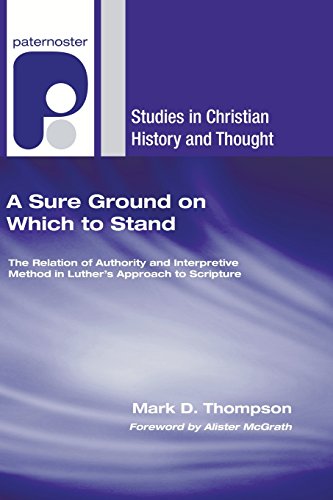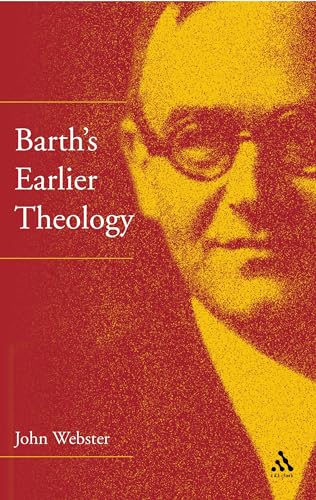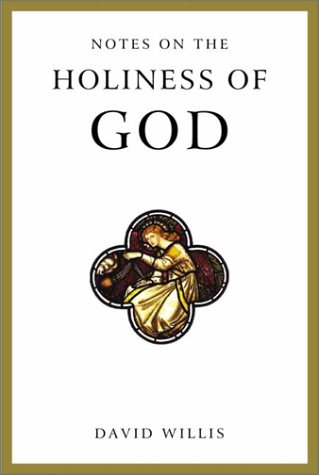PAUL, THE FOOL OF CHRIST: A STUDY OF 1 CORINTHIANS 1–4 IN THE COMIC-PHILOSOPHIC TRADITION, JSNT 293
Written by L.L. Welborn Reviewed By H. H. Drake Williams IIIIn 1 Corinthians 1–4, Paul refers to the offence of his message of the cross as foolishness (maria). The interpretation of this word historically can be traced to Justin Martyr who understood this word to mean ‘madness’. Over and against this historic interpretation, L.L. Welborn concludes from an extensive discussion of Greco-Roman sources that the word has a different sense than ‘madness’ and instead means ‘stupidity’.
What is more provocative from this study, however, is Welborn’s assertion that Paul uses the language and imagery of the mime as the source of his composition. He finds allusions to the mime in 1 Corinthians 1:18–25, 2:1–5, 4:9–13, and 4:14–21. This assertion contradicts Christian interpreters since the times of Tatian and Tertullian. Mime artists were excommunicated from the Christian community for their obscenity. Christian commentators to the present day have routinely denounced the idea that Paul used the role of the fool from the Greek and Roman mime. Welborn, thus, challenges a longstanding history of interpretation on this text.
Paul, the Fool of Christ contains much detail about the mime from Greco-Roman society that will benefit the study of New Testament backgrounds. This volume, however, seems unbalanced since it does not adequately consider the Jewish allusions and citations that inform much of Paul’s thinking in 1 Corinthians 1–4. Furthermore, the role of the cross deserves more credit for Paul’s behaviour as a fool than Welborn suggests. These sources do not receive enough consideration in this volume.
H. H. Drake Williams III
H. H. Drake Williams III
Tyndale Theological Seminary
Badhoevedorp, The Netherlands







